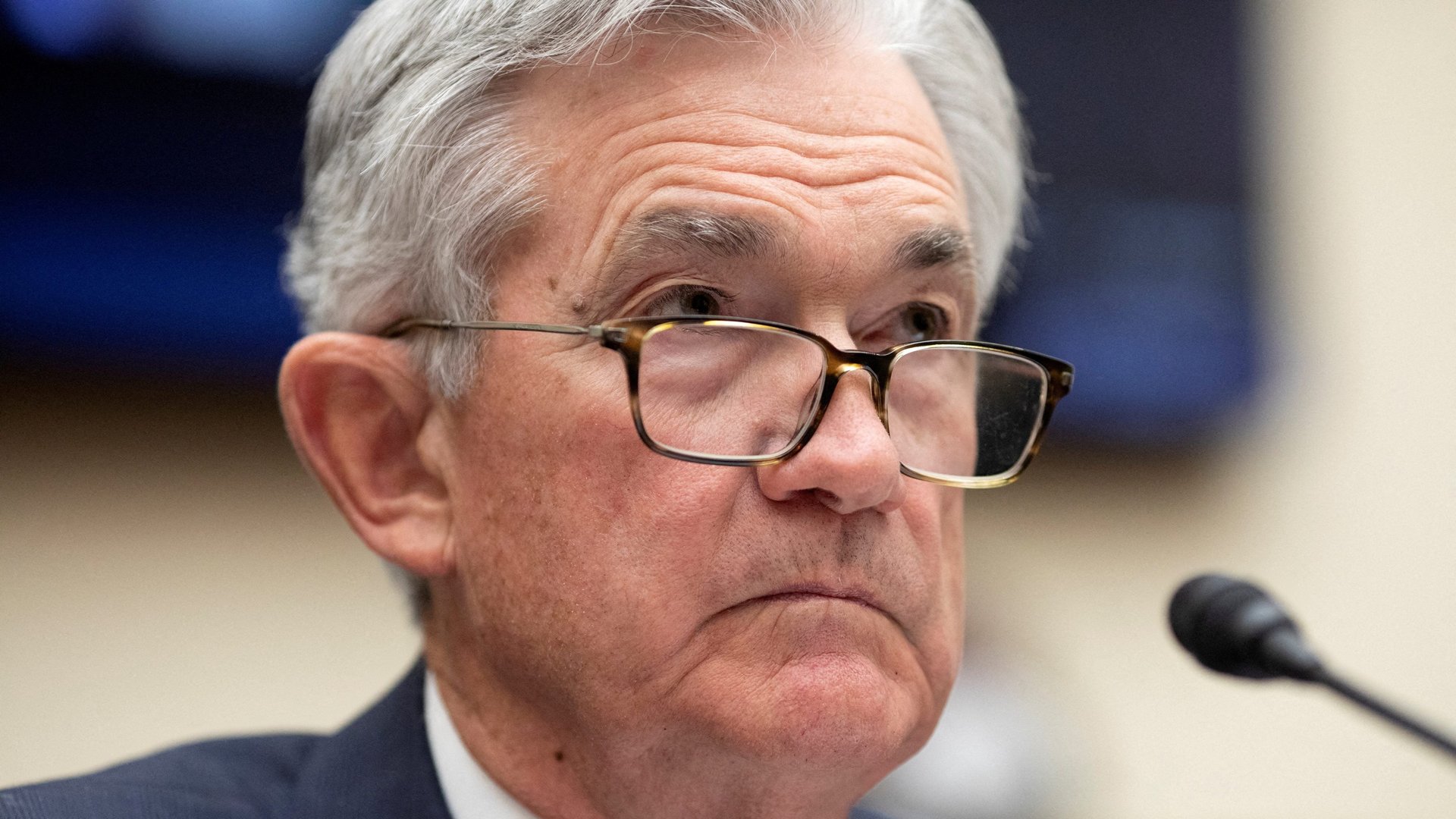Is a recession coming?
Economic forecasters have downgraded their estimates of US economic growth this year, as the economy struggles with high inflation, higher oil prices caused by the war in Ukraine, and ongoing covid-related supply disruptions. There is now about a one-in-three chance that the US economy enters recession this year, according to a range of forecasters using different methods.


Economic forecasters have downgraded their estimates of US economic growth this year, as the economy struggles with high inflation, higher oil prices caused by the war in Ukraine, and ongoing covid-related supply disruptions. There is now about a one-in-three chance that the US economy enters recession this year, according to a range of forecasters using different methods.
“I’d put the odds around a third that we’ll have at least a mild recession by the end of the year,” said Karen Dynan, a senior fellow at the Peterson Institute for International Economics. In a recent research note, Goldman Sachs economists estimated the chance of a recession this year between 20% and 35%; bettors on the prediction market Kalshi currently put the chance at 37%. (Since 1980, the US has entered a recession six times—or 14% of years.)
Rising prices don’t directly cause recessions, though they cause other economic problems. It’s the steps policymakers take to slow their rise that could cause a downturn.
If there is a recession in the US this year, it will likely be caused by the Federal Reserve’s efforts to fight inflation, says Dynan. The Fed plans to raise interest rates six more times this year, to lower demand and inflation. But doing so is like walking a tightrope: Too little monetary tightening won’t bring inflation down far enough but too much could tip the economy into recession.
What is a ‘hard landing’?
Central banks’ goal, when dealing with inflation, is to slow the economy just enough to bring demand back in line with supply—and to convince markets that they can and will control inflation in the future. The desired outcome is called a “soft landing”: Interest rates rise, demand falls enough to lower inflation, but the economy keeps growing. By contrast, “a ‘hard landing’ is where monetary policy tightens so much that you see a real pullback in demand that leads the economy into recession,” Dynan told Quartz.
Unfortunately, hard landings are arguably more common. In a 2022 working paper, Alex Domash and Larry Summers, both economists at Harvard, argue that when inflation is high and workers are in short supply, soft landings are the exception rather than the rule.
“Since 1955, there has never been a quarter with price inflation above 4% and unemployment below 5% that was not followed by a recession within the next two years,” they write.
Walking the Fed’s tightrope is harder when the global economy is in turmoil. Going into the year, the hope was that supply shortages would ease up as economies reopened, lowering inflation. Instead, covid shutdowns in China continue to ripple through supply chains while the invasion of Ukraine has raised prices, particularly for oil.
The historical record on soft landings may be grim, but Dynan noted that the current conditions are unprecedented. For example, the US unemployment rate hit nearly 15% in 2020, but then fell at a record pace. Nothing about the current economy is normal, which hopefully means the most dire historical parallels won’t apply.